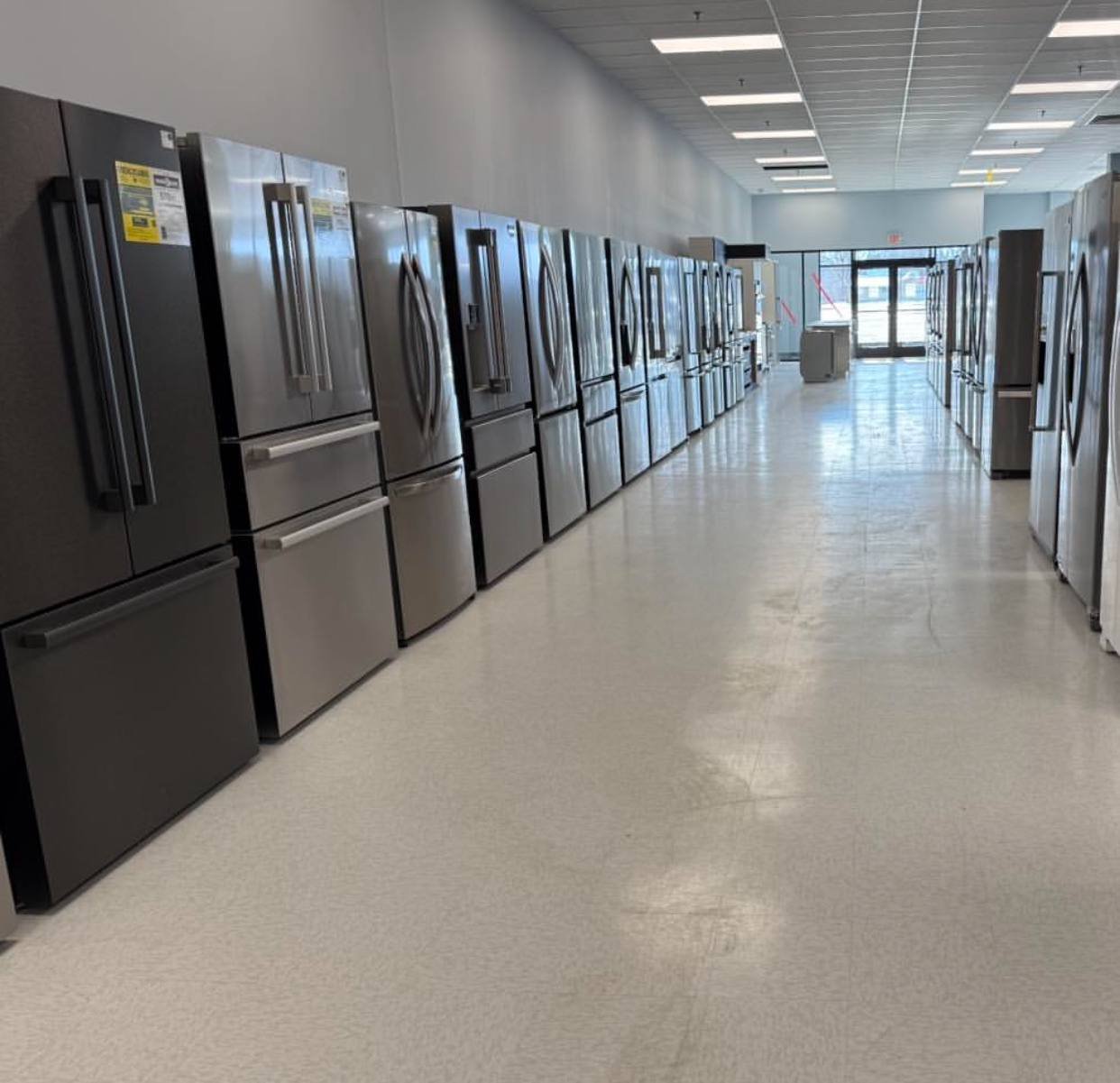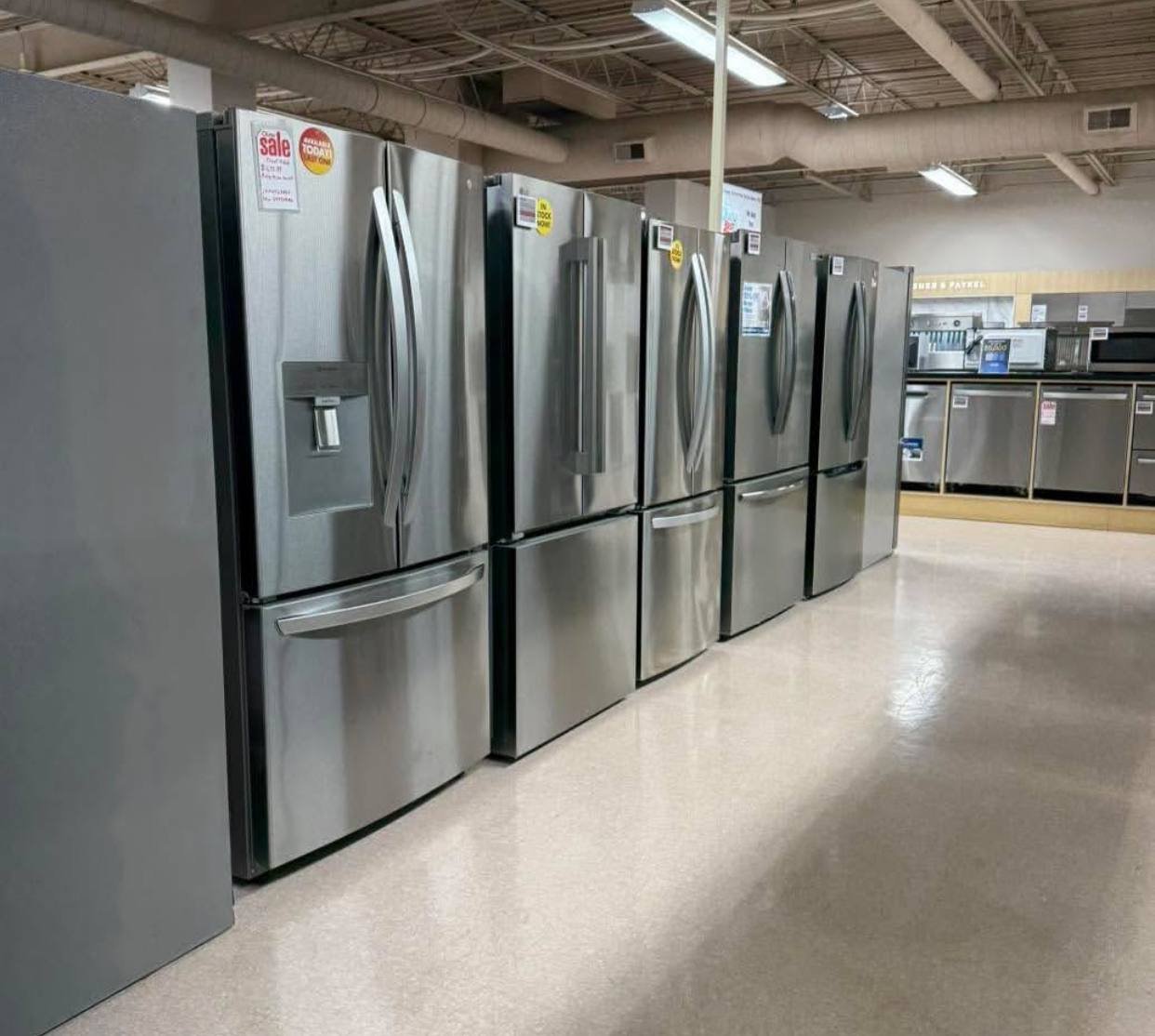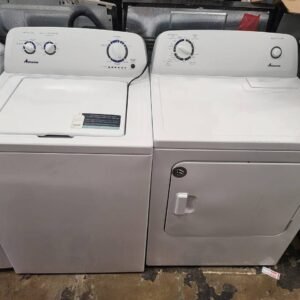Refrigerators: Functionality, Types, and Modern Innovations.410a refrigerant for sale
Introduction
Refrigerators are one of the most essential household appliances in modern life, playing a vital role in food preservation, safety, and convenience.410a refrigerant for sale
From humble beginnings as iceboxes to today’s smart, energy-efficient marvels, refrigerators have come a long way. This article delves into the history, working principles, various types, latest innovations, and practical maintenance tips for refrigerators.
A Brief History of Refrigerators
Before the invention of electric refrigeration, people preserved food using natural methods like salting, drying, and storing it in cool cellars. The earliest form of refrigeration came in the 18th and 19th centuries, with iceboxes—insulated cabinets cooled by large blocks of ice.
The modern electric refrigerator was first developed in the early 20th century. In 1913, Fred W. Wolf invented a domestic refrigerator with a self-contained compressor, and in 1927, General Electric released the “Monitor-
Top,” one of the first mass-produced home refrigerators. Over the decades, refrigerators became more affordable, safer (with the transition from toxic gases like ammonia and sulfur dioxide to freon and later HFCs), and more efficient.
How Refrigerators Work
Refrigerators operate on the principle of heat transfer, using a cycle of compression, condensation, expansion, and evaporation to move heat from inside the unit to the external environment.
Key Components:
-
Compressor: Compresses refrigerant gas, increasing its pressure and temperature.
-
Condenser Coils: Dissipate heat as the refrigerant condenses into a liquid.
-
Expansion Valve (or Capillary Tube): Reduces pressure of the refrigerant as it enters the evaporator.
-
Evaporator Coils: Absorb heat inside the fridge as the refrigerant evaporates, cooling the interior.
-
Thermostat: Regulates temperature by cycling the compressor on and off.
This closed-loop system continuously circulates refrigerant to maintain a cold environment for food storage.
Types of Refrigerators
Refrigerators come in a variety of styles and configurations, each catering to different space, budget, and usage requirements.
1. Top-Freezer Refrigerator
-
Most traditional and economical design.
-
Freezer compartment is on top, refrigerator on bottom.
-
Offers ample storage and energy efficiency.
2. Bottom-Freezer Refrigerator
-
Reverse of top-freezer; easier access to fresh foods.410a refrigerant for sale
-
Ideal for users who prioritize refrigerator space over frozen goods.
3. Side-by-Side Refrigerator
-
Two vertical doors: freezer on one side, refrigerator on the other.
-
Good for narrow kitchens; often includes ice and water dispensers.410a refrigerant for sale
4. French Door Refrigerator
-
Combines bottom freezer with two side-by-side upper doors.
-
Offers high-end design, flexible storage, and larger capacity.
5. Mini Fridge
-
Compact units ideal for dorms, offices, and small spaces.
-
Available in single or dual compartment formats.
6. Built-In and Counter-Depth
-
Designed to align flush with kitchen cabinetry for a streamlined look.
-
More expensive but preferred in high-end kitchens.410a refrigerant for sale
Modern Innovations in Refrigeration
The refrigerator industry has embraced smart technology, energy efficiency, and eco-friendly practices to keep up with consumer demands and environmental concerns.
Smart Features:
-
Wi-Fi Connectivity: Enables remote monitoring and control.
-
Touchscreen Displays: Offer calendars, recipes, and even TV streaming.
-
Interior Cameras: Allow users to check fridge contents via smartphone.410a refrigerant for sale
Energy Efficiency:
-
Modern units use inverter compressors and LED lighting.
-
ENERGY STAR-rated appliances significantly reduce energy consumption.
Eco-Friendly Refrigerants:
-
Shift from ozone-depleting substances to R-600a (isobutane) and other low-GWP refrigerants.
Flexible Storage:
-
Adjustable shelves, modular compartments, and convertible drawers enhance usability.
Tips for Refrigerator Maintenance
To ensure optimal performance and longevity, routine care and maintenance are essential.
Maintenance Tips:
-
Clean Condenser Coils: Every 6–12 months to prevent overheating.410a refrigerant for sale
-
Check Door Seals: Ensure tight sealing to avoid energy loss.
-
Keep it Filled (But Not Overpacked): Air circulation helps maintain consistent temperatures.
-
Defrost (if manual): Prevent excessive frost buildup.
-
Set Proper Temperature: 37–40°F (3–4°C) for the fridge, 0°F (-18°C) for the freezer.410a refrigerant for sale
Conclusion
Refrigerators are indispensable appliances that blend science, engineering, and design to preserve our food and simplify our lives.410a refrigerant for sale
With evolving technology and a push toward sustainability, the future of refrigeration looks promising, with smarter, greener, and more user-friendly appliances on the horizon.
Whether you’re buying your first fridge or upgrading to a high-tech model, understanding how these machines work and how to care for them can go a long way in making an informed decision.






Reviews
There are no reviews yet.